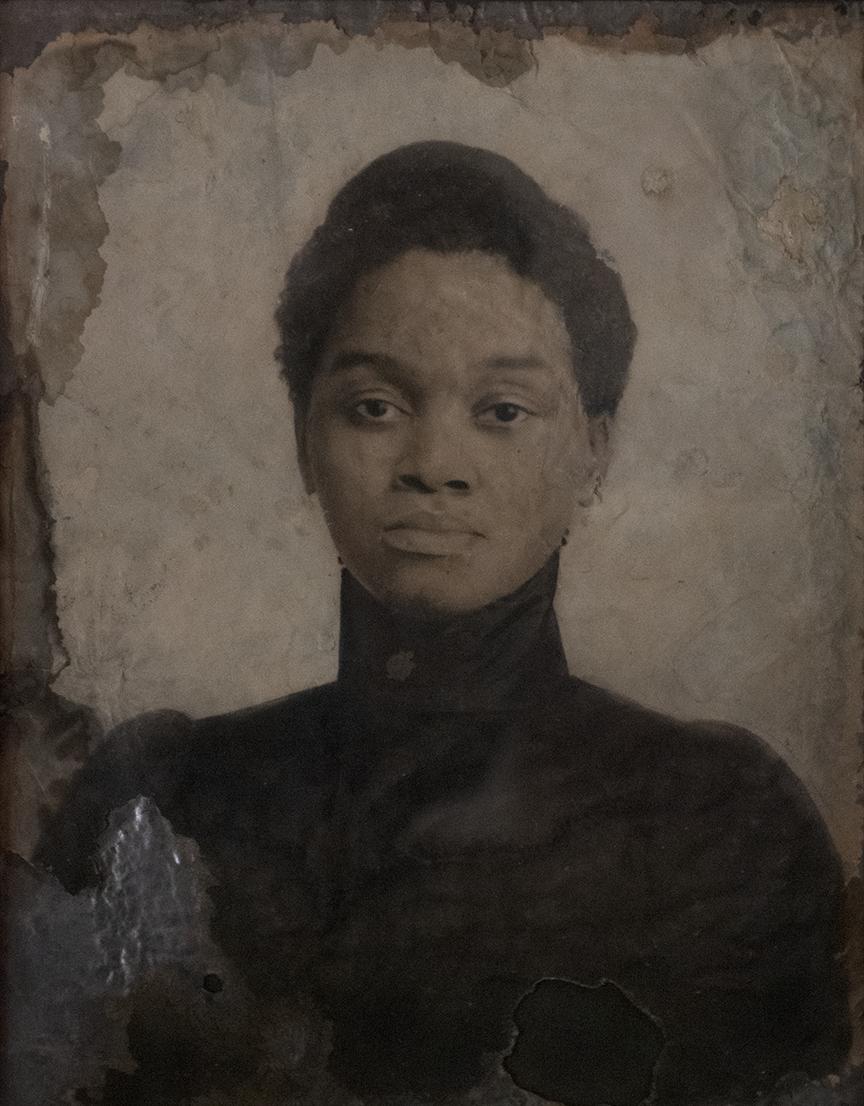Phragmites! Its Latin root means “growing in hedges,” and anyone walking or boating along the Chester River recognizes the deep thatch of reeds that dominate its banks as part of the whole riverscape, so much so that we visually take them for granted.
Baltimore environmental artist Stephanie Garon changes that environmental blindness by suspending phragmites stalks from the ceiling at Washington College’s Kohl Gallery where we witness their individuality lifted out of their marine context. Spindly, with subterranean eeriness and backlit by a flickering video documentary of the project, Garon’s exhibit, “PRY,” asks us to recalibrate our visual map to reassess the complexities of the natural world.
The exhibit is in two parts: the aforementioned at Kohl Gallery and a twin constructed of steel rods on the grounds of the Semans-Griswold Environmental Hall. Although separated geographically, the two exhibits intersect at the point of Garon’s investigation into questions of permanence/impermanence and the fragility of the natural world impacted by human industry.
Garon’s use of non-native, invasive Phragmites australis is central to her exhibit. The plant thought to have been brought to North America by purged ship’s ballast or peat in the early 18th century now consumes waterways along the east coast and Great Lakes region.
Tara Gladden, Director and Curator for Kohl Gallery at Washington College writes in Kohl Gallery’s description of the exhibit,“Non-native Phragmites australis is a perennial, aggressive wetland grass that outcompetes native plants and displaces native animals and critical habitat… they are an ever-growing threat to the health of our natural ecosystems. Because of their rhizomatic root system, the best long-term extraction method is the labor-intensive process of digging (or prying) them out of the ground from the root.”
And last year, that’s just what Garon did: pry phragmites from the marshy shores of the Chester, even during the high heat of July for her installation. Along the way, the artist coordinated educational, awareness-building workshops engaging the College and County communities. “Participants also aided in removal of Phragmites in the field and their extractions are included in the exhibition,” Gladden says.
“PRY” is one chapter in Garon’s impressive portfolio of environmental art exploring the human impact on the environment. Adept in multiple disciplines like choreography and dance, poetry, essays in international literary journals, Garon’s paramount technique is to showcase her subjects in the immersive and intimate space of a gallery.
Stephanie Garon will give an Artist Talk followed by a Kohl Gallery viewing at 6pm, February 10. Exhibits and events are free and open to the public, masked required.
PRY is made possible in part with funding from the Maryland State Arts Council and the Kent Cultural Alliance and is a collaboration between Washington College’s Center for Environment and Society, River and Field Campus, and Kohl Gallery.
This video is approximately nine minutes in length. For more information about Stephanie Garon, go here.
Kohl Gallery walk-in hours are: Tuesday, Thursday, Friday 1:30-5 pm Wednesday 4:00-7:00 pm Saturday 12-3 pm The outdoor installation is accessible 24/7 at the Semans-Griswold Hall.


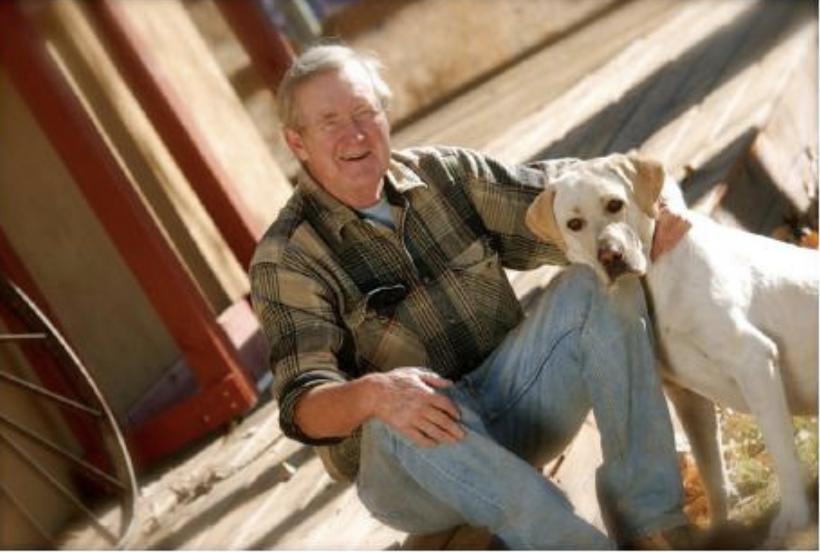
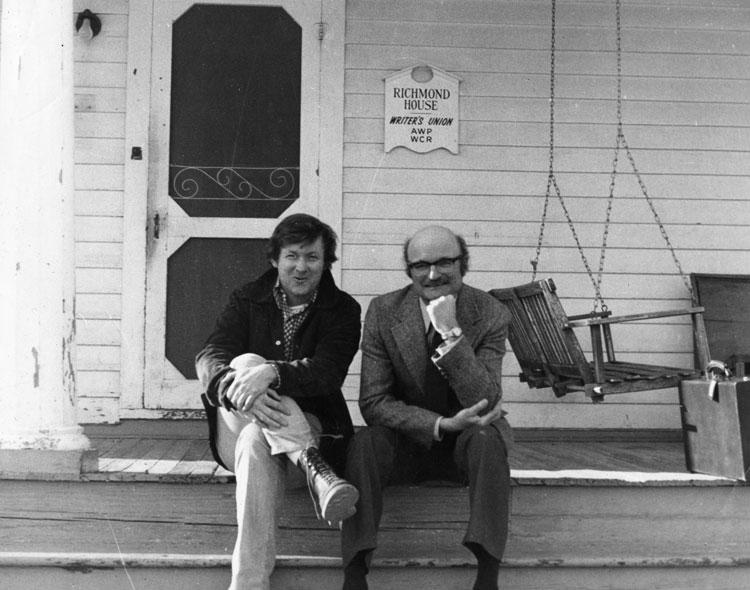
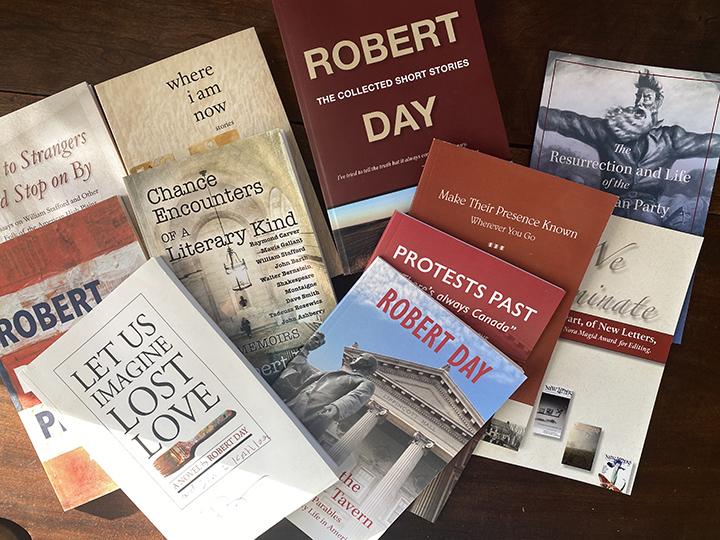
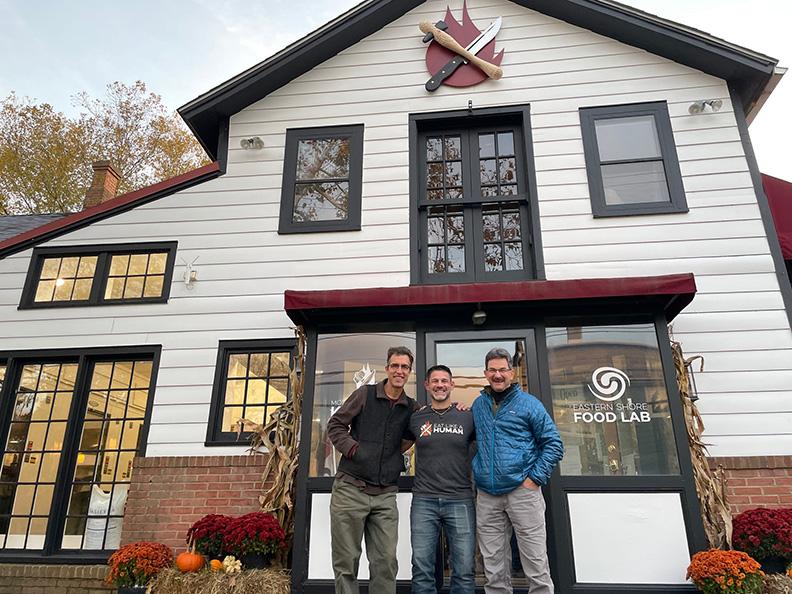
 “Today’s health problems are not just a product of food choices. Our relationship with food does not exist in a vacuum. That is why diets don’t work – they are always out of context because they do not consider all of the other aspects of “life” important to us. How we acquire, process, store, share and consume food is uniquely human and embedded in practically all aspects of our lives. Learning to eat like a human again is really about learning to live like humans again,” he writes on his Eat Like A Human website.
“Today’s health problems are not just a product of food choices. Our relationship with food does not exist in a vacuum. That is why diets don’t work – they are always out of context because they do not consider all of the other aspects of “life” important to us. How we acquire, process, store, share and consume food is uniquely human and embedded in practically all aspects of our lives. Learning to eat like a human again is really about learning to live like humans again,” he writes on his Eat Like A Human website.

